A large part of Boston Children’s Museum’s audience includes elementary school students on a field trip. Every day, these students explore the exhibits and take part in hands-on activities, including several educational programs. One such program is an in-depth tour of the Museum’s Japanese House.
Many incoming students have studied Japan in their social studies classes, where they’ve shared their knowledge of the country’s culture. Studying about Japanese culture can include the various art forms created in the country…including cartoons! Japanese cartoons are often known under the name, “anime.” Growing up in the 1990s, I was introduced to Japanese culture through the anime adaptation of the Nintendo video game series, Pokémon. When I teach school groups, I tend to bring up clues in the Japanese House regarding Pokémon. For example, did you know the Pokémon Meowth is based on a traditional Japanese charm known as Maneki-Neko? If you study the picture, you’ll see he shares a lot of cool quirks with the famous “Beckoning Cat!”
Pokémon has become a timeless phenomenon, with fans of all different ages. When I mention Meowth’s design, the audience I am teaching gets excited to learn more about Japanese popular culture. Some students will even bring their love of anime, sharing popular titles like InuYasha, Dragon Ball and Sailor Moon. Thanks to digital streaming services, adults can access their favorite anime from both past and present—and kids who love anime will often bring up how their caregivers are the ones who introduced them to their favorite series!
But there is another alternative to enjoying Japanese cartoons. Manga—or “mischievous pictures,” as it’s translated in English—is one of the most popular forms of comic books amongst children and adults. Bookstores and libraries host plenty of manga for readers, and even carry guidebooks on creating your own characters and stories. Online, websites like YouTube and Pinterest offer free lessons for artists to practice drawing manga. At Boston Children’s Museum, one of the programs I offer within my curriculum is manga illustration. When I introduce this activity, older children get really excited, mentioning their love for manga and how often they practice this art form at home. Sometimes, I don’t even need to give any instructions—I just let the visitors get creative with what they enjoy doing!
When I offer manga illustration at the Museum, young artists get to learn about contemporary Japanese art and pop culture. As visitors engage with these topics, they are also sharing their stories of their love of manga and anime outside of the museum. To me, teaching manga isn’t simply nostalgic. It’s a way to let our visitors share their own knowledge, wisdom, and appreciation of Japanese culture, in both the classroom and beyond.




I am so in tune with your blog title, it drew me in!!
I teach a ‘play approach’ when learning to crochet. I give children a latch hook and yarn and teach freeform crochet to beginners. It is a very absorbing hobby. Roslyn Hill